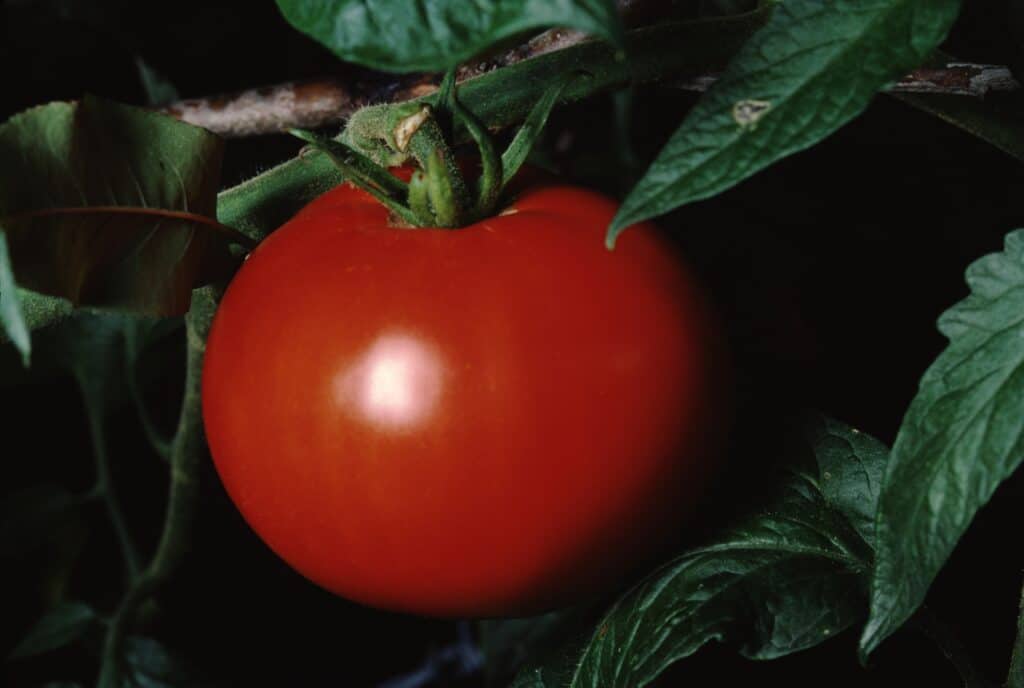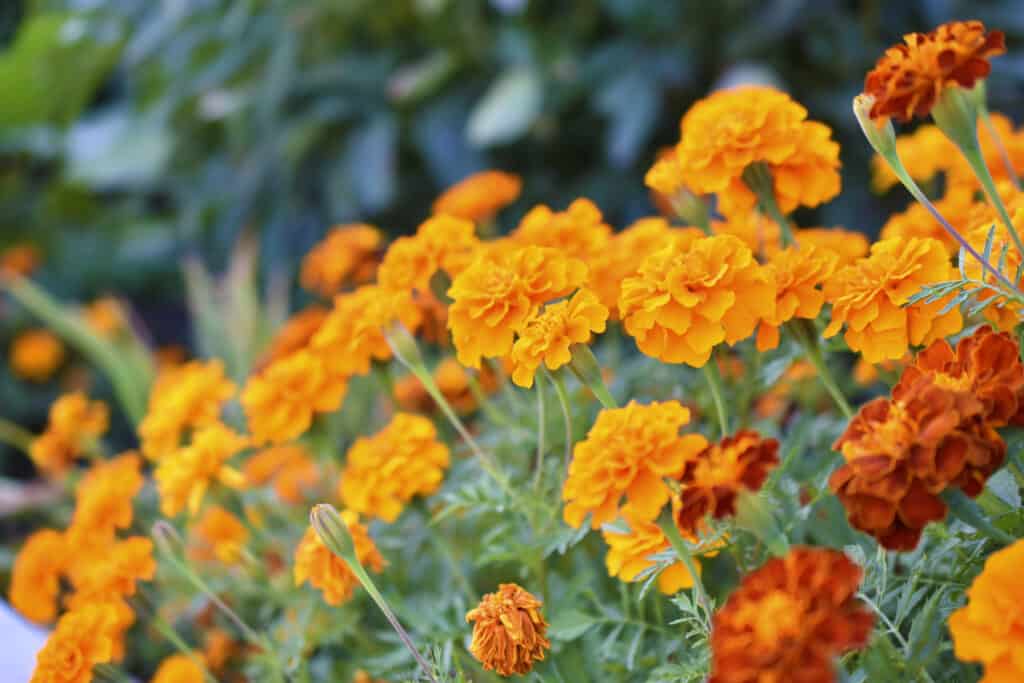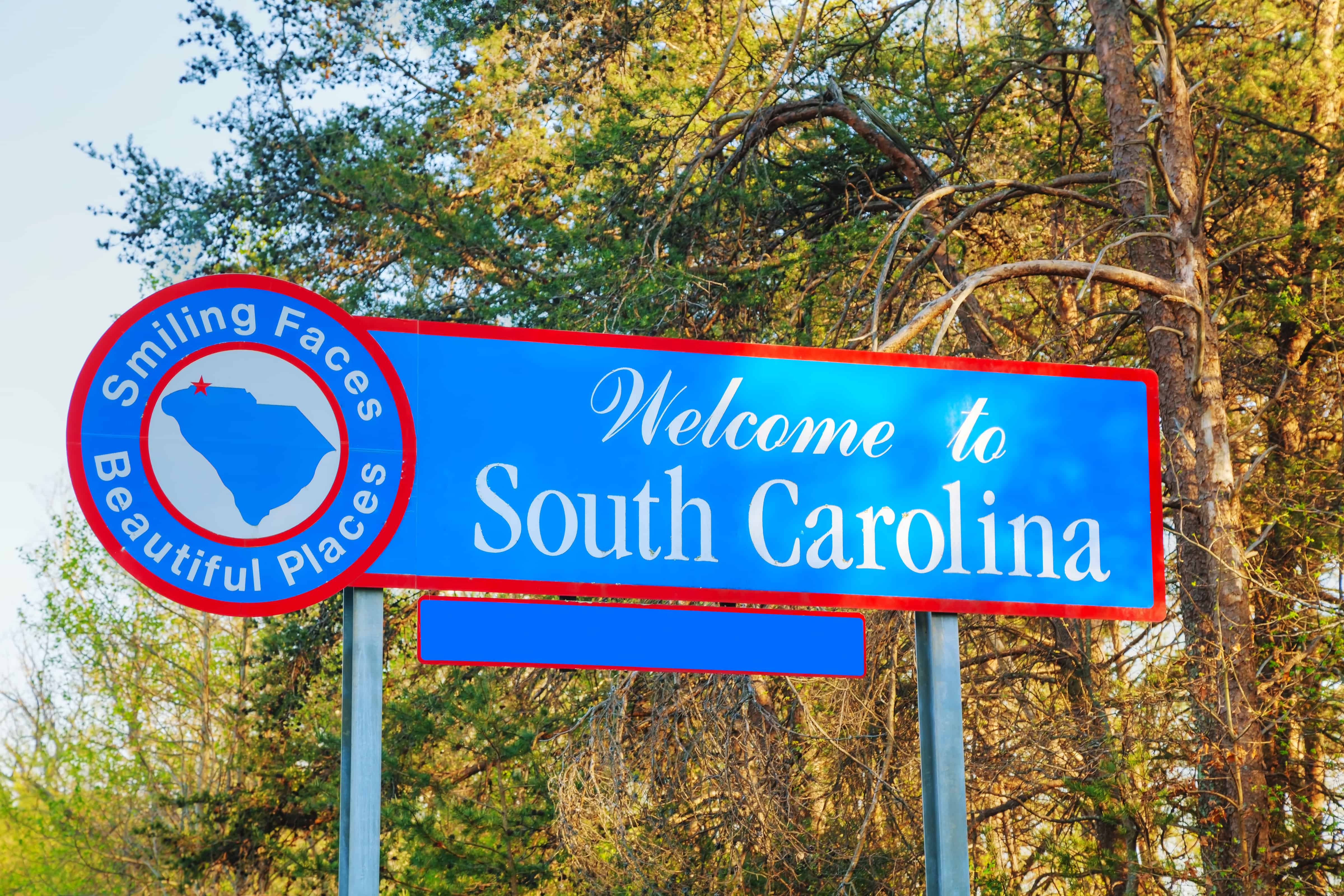South Carolina offers an excellent garden environment with rich soil, warm temperatures, and abundant sunshine. To create a flourishing garden in this diverse climate, you should understand the region’s unique growing conditions and select suitable plants. Let’s explore how to make the most of South Carolina’s weather and climate for a thriving garden. You should also consider the recommended planting zones, which can help determine what plants will best thrive in your area.
South Carolina enjoys a pleasant climate with summertime temperatures ranging from 77°F to 93°F. The wintertime lows range between 61°F to 72°F. Its long growing season, featuring mild winters, makes it the perfect environment for plants that do not tolerate harsh cold weather.

South Carolina offers an excellent garden environment with rich soil, warm temperatures, and abundant sunshine.
©iStock.com/Sean Pavone
Understanding South Carolina’s Climate and Weather
South Carolina experiences a humid subtropical climate characterized by hot summers, mild winters, and ample yearly rainfall. The state has three primary gardening zones: the Coastal Plain, Piedmont, and the Blue Ridge Mountains. Each zone has its unique climate, soil, and growing conditions. The uniqueness is vital to keep in mind when selecting plants and planning your garden.

The Blue Ridge Mountains, located in the state’s northwestern corner, experience a cooler climate with fewer days for gardening.
©Dave Allen Photography/Shutterstock.com
Coastal Plain
The Coastal Plain, ranging from the Atlantic Ocean to the Fall Line, experiences a gentle climate with extended periods for plant growth. Characterized by sandy soil and high quantities of organic material, you can help your plants absorb necessary nutrients by introducing compost or other forms of natural fertilization into the ground.
Piedmont
The Piedmont region, situated between the Coastal Plain and Blue Ridge Mountains, is a hilly landscape with clay-based soil. This area has warm summers and cool winters, sometimes accompanied by frost. Gardeners in this part of the world should ensure their soils have good drainage while enriching them with organic matter for optimal vegetation growth.
Blue Ridge Mountains
The Blue Ridge Mountains, located in the state’s northwestern corner, experience a cooler climate with fewer days for gardening. Generally speaking, its soil is loamy and well-draining; however, you may need to provide extra nourishment to help plants flourish. Cold-hardy varieties are best suited when selecting which species to cultivate here, as frost protection strategies such as mulching.
Some Ideas of What to Grow in South Carolina Gardens

Known for its large, flavorful fruit, the Better Boy variety is ideal for slicing and offers excellent disease resistance.
©Liz Weber/Shutterstock.com
Tomatoes thrive in warm South Carolina, but selecting ideal varieties is crucial for success. Good types of tomatoes for South Carolina gardens are:
Celebrity: This disease-resistant hybrid offers a balanced blend of sweetness and acidity with high yields of medium-sized fruit.
Better Boy: Known for its large, flavorful fruit, this variety is ideal for slicing and offers excellent disease resistance.
Cherokee Purple: An heirloom variety, Cherokee Purple produces large, sweet, and juicy fruit with a unique, smoky flavor.
Flowers
Flowers add beauty to a South Carolina garden, attracting pollinators and beneficial insects. Consider the following flowers for your garden:
Black-eyed Susan (Rudbeckia hirta): A hardy native plant, Black-eyed Susan thrives in South Carolina’s climate and offers bright yellow blooms with a dark center.
Coneflower (Echinacea purpurea): Another native species, coneflower, produces large, showy flowers in shades of purple, pink, and white.
Lantana (Lantana camara): This heat-tolerant, low-maintenance plant offers clusters of brightly colored flowers that attract butterflies and hummingbirds.
Peas
Peas are a cool-season crop, making them suitable for South Carolina’s cooler months, particularly in Piedmont and the Blue Ridge Mountains. Certain ideal pea varieties for South Carolina gardens include:
Sugar Snap: Sugar Snap peas are sweet, crisp, and popular.
Green Arrow: Known for its high yields and disease resistance, Green Arrow produces slender, tender pods filled with sweet, delicious peas.
Wando: Bred specifically for Southern climates, Wando peas are more heat-tolerant than most varieties and offer excellent yields of sweet, tender peas.
Gardening Tips for Success in South Carolina

Maintain consistent moisture levels by watering your garden deeply and less frequently.
©iStock.com/Tgordievskaya
To ensure a successful garden in South Carolina, consider these tips:
Timing
Plant cool-season crops, such as peas, in late winter or early spring and again in the fall for a second harvest. You should plant warm-season crops like tomatoes in the spring once the soil is warm and there is no longer a danger of frost.
Soil preparation
Regardless of your region, soil preparation is essential for a thriving garden. Amend your soil with organic matter, such as compost, to improve fertility, drainage, and water retention. Perform a soil test to determine the pH and nutrient levels, making necessary adjustments. You may also need to add lime to raise the soil’s pH. You should also rotate crops to ensure soil fertility and help prevent disease.
Watering
South Carolina’s climate often experiences periods of heavy rainfall followed by dry spells. Maintain consistent moisture levels by watering your garden deeply and less frequently, rather than shallow and frequent watering. Utilize mulch to conserve moisture and reduce evaporation.
Pest and Disease Management
South Carolina’s warm, humid climate can also encourage pests and diseases. Monitor your garden regularly for signs of trouble, and practice integrated pest management techniques, such as using beneficial insects and selecting disease-resistant plant varieties.
Companion Planting

Plant marigolds near tomatoes to ward off nematodes
©iStock.com/Valeriy Lushchikov
Companion planting can improve the overall health of your garden by encouraging beneficial insects, deterring pests, and enhancing nutrient availability. For example, plant marigolds near tomatoes to ward off nematodes or peas alongside lettuce to shade the soil and reduce water evaporation.
Conclusion
Your garden will thrive when you select appropriate plants for the climate and follow the essential gardening practices outlined in this guide! With a focus on ideal varieties such as tomatoes, flowers, and peas – take advantage of all that South Carolina offers to create a vibrant landscape full of life.
Thank you for reading! Have some feedback for us? Contact the AZ Animals editorial team.








